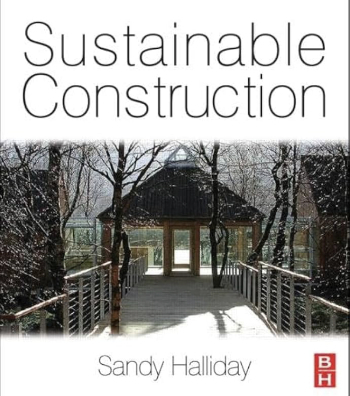Guidelines for foundation design of low-rise buildings on expansive clay in northern Jordan
[edit] About the BRE Trust archive
BRE Trust is a charitable company supporting research and education that advance built environment knowledge, innovation and communication for public benefit. As the owner of the BRE Group of companies the Trust is not only engaged in funding the very latest research, but is also the custodian of nearly a century of built environment research and innovation. This extraordinary legacy provides a unique history of the development of almost every aspect of buildings and construction in the UK.
In 2010 BRE Trust set up a project to make a substantial part of this printed archive available online for the public good. These documents present a fascinating historical record and background to today’s industry, but are not intended to provide guidance on current built environment projects. Much of the information they contain has been superseded by more recent research and standards.
[edit] About this document
'Guidelines for foundation design of low-rise buildings on expansive clay in northern Jordan' was written by T I Longworth, R Driscoll and lED Katkhuda and published by BRE in 1984. It is No.191 in a series of Overseas Buildings Notes providing information on housing and construction in tropical and sub-tropical countries.
[edit] Summary
Many low-rise buildings on expansive clay in the highland area of northern Jordan have been damaged by ground movement. A four-year investigation of the problem has proved that most damage results from vertical ground movements caused by local moisture content changes in the clay. Water infiltration from rainfall and domestic sources causes clay swelling, while moisture loss by evaporation and transpiration causes clay shrinkage. Moisture extraction by trees is the most common cause of damage. This note gives provisional recommendations for safe foundation design, taking account of the findings of the investigation and of present construction practice in Jordan. Types of foundation that isolate the building from the ground movement are considered to be the best design solution. Environmental control measures are suggested to prevent harmful moisture content changes near the foundations.
Featured articles and news
Sustainable development concepts decade by decade.
The regenerative structural engineer
A call for design that will repair the natural world.
Buildings that mimic the restorative aspects found in nature.
CIAT publishes Principal Designer Competency Framework
For those considering applying for registration as a PD.
BSRIA Building Reg's guidance: The second staircase
An overview focusing on aspects which most affect the building services industry.
Design codes and pattern books
Harmonious proportions and golden sections.
Introducing or next Guest Editor Arun Baybars
Practising architect and design panel review member.
Quick summary by size, shape, test, material, use or bonding.
Types of rapidly renewable content
From forestry to agricultural crops and their by-products.
Terraced houses and the public realm
The discernible difference between the public realm of detached housing and of terraced housing.
Looking back at the influence of climate events
From a designer and writer: 'There are limits to growth but no limits to development'.
Terms, histories, theories and practice.
Biophilic design and natural light
Letting in the light and natural elements into spaces.






















